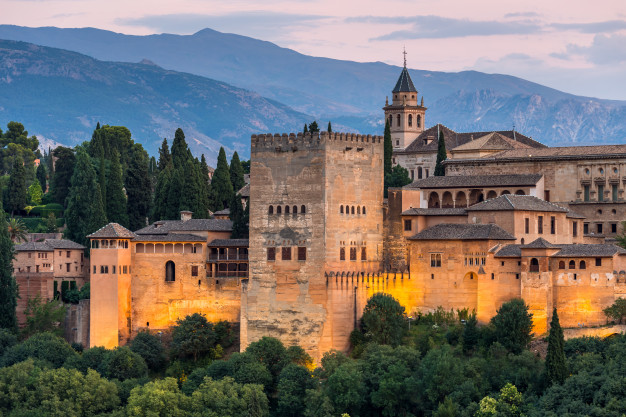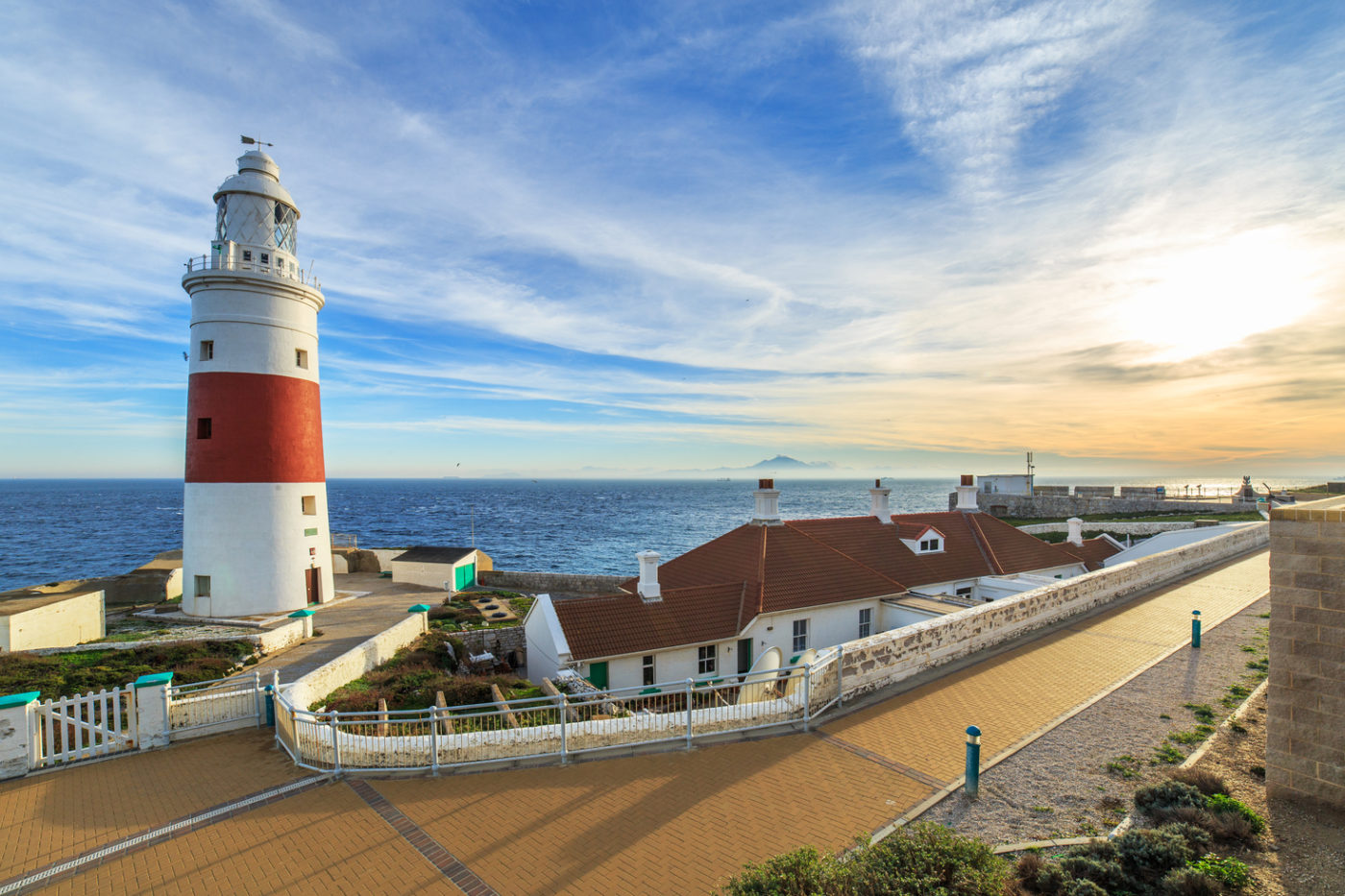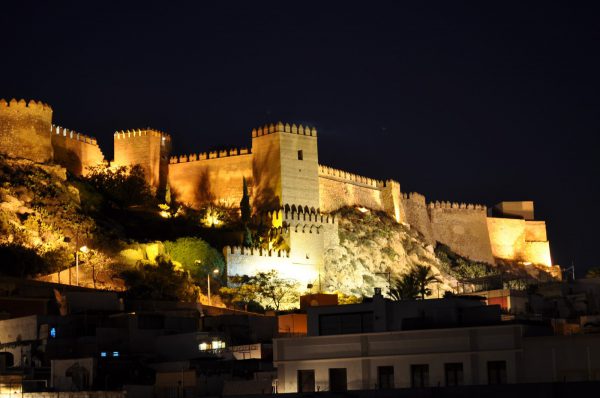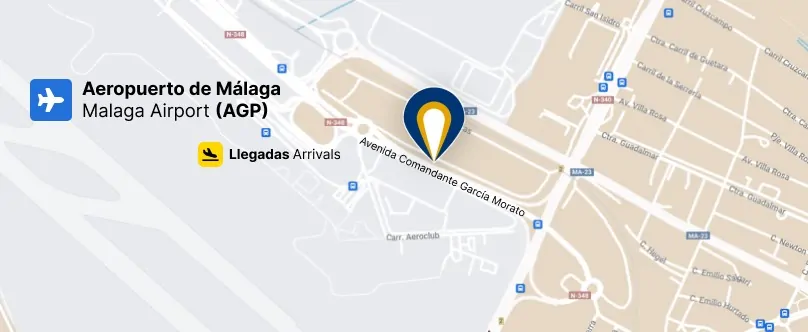Table of Contents
Do you like to discover new places and places in Andalusia? The Pueblos Blancos route is probably one of the most beautiful if you want to discover several destinations in the same trip. ✅🚗🚗 ✅
The route of the White Villages is known as a group of towns and villages that meet two fundamental requirements: they are white and they are beautiful.
Do you want to discover which villages are hidden within this famous route? Today from the Marbesol blog we tell you the best places to visit!
Why are the villages of Andalusia white?
At the beginning of this tradition in the 19th century, the houses in these municipalities were whitewashed to protect them from the heat and to disinfect the streets and houses from pests.
Where are the white villages?
There are a total of 19 municipalities in the Sierra de Cádiz.
Arcos de la Frontera, Bornos, Espera, Villamartin, Algodonales, El Gastor, Olvera, Torre-Alháquime, Setenil de las Bodegas, Alcalá del Valle, Prado del Rey, El Bosque, Ubrique, Benaocaz, Villaluenga del Rosario, Grazalema, Benamahoma, Zahora de la Sierra and Algar.
To show you their location we have created a map where they are all located:
You might think there are too many for one trip, so we’re going to tell you about the must-see places you shouldn’t miss, although you can always adapt your trip to visit the things you like the most.
White Villages of Cadiz Route
Arcos de la Frontera
The gateway to the White Villages route, a place you will fall in love with when you walk through its cobbled streets. It is considered one of the most beautiful villages in Spain.
Arcos de la Frontera is the largest municipality in the Sierra de Cádiz mountains, declared a National Historic-Artistic Site for its enormous beauty, its monumental importance and its archaeological wealth.
Medieval palaces, beautiful churches and breathtaking views. You are probably already familiar with the rich gastronomy of Andalusia, as Cádiz can boast of it.
Don’t miss the climb up the Callejón de las Monjas:
Which leads to the church of Santa María, where you will find the convent of La Encarnación and some medieval palaces. There are also some bars.
The Plaza del Cabildo is another of Arcos de la Frontera’s must-see places. Here you will find the Town Hall, the Parador and the Church of Santa María. It is located behind the castle of the Ponce de León family, Dukes of Arcos, and was once the parade ground of the walled enclosure.
There are several viewpoints and places to contemplate the views, but if you like birds of prey, don’t miss the Peña viewpoint. For a fee, you can have your photograph taken with some of these impressive birds.
The Arab quarter and the magic circle are other recommendations. This quarter hides monuments from the past and is one of the most important things to see in Arcos de la Frontera. In the Church of Santa María you can see a sundial with the magic circle, formed by 12 coloured stones alternating red and white. In Arab times it was believed to ward off evil spirits.
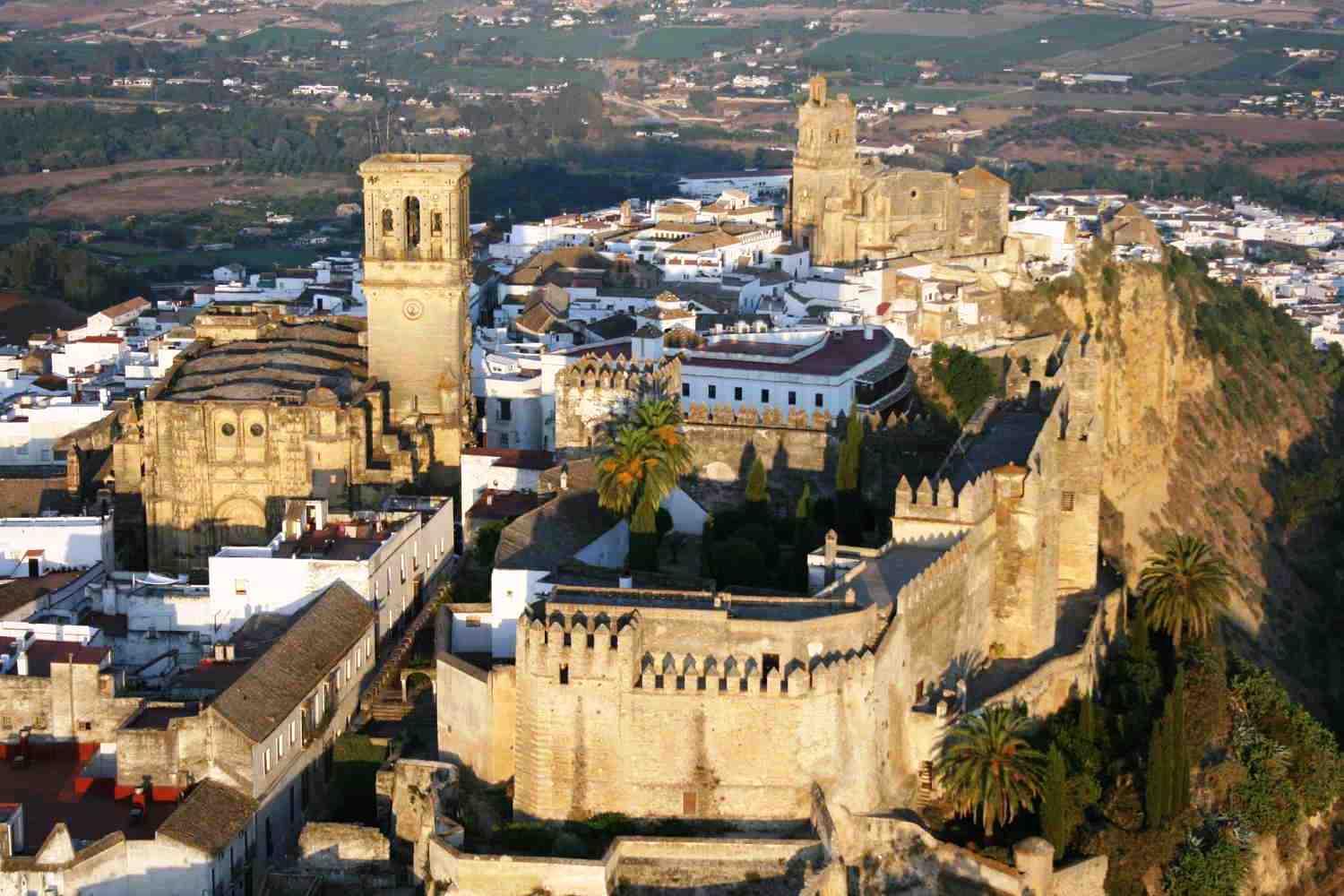 Ruta del Vino
Ruta del Vino
Setenil de las Bodegas
A village with its own identity on the White Villages route. Surely you have seen many photos of this place. A municipality built between rocks, giving it a unique touch in the world. It has been declared a Historic-Artistic Site.
You will be able to see impressive pictures of its famous houses inside the rocks, above or below. It is said that the caves in these impressive rocks were inhabited 5,000 years ago.
Don’t miss the Calle Sol and Calle Sombra of this Cadiz village, as it is the most famous street. Setenil also has beautiful viewpoints. Normally people visit Ronda on the same day, although it belongs to the province of Malaga. It is only 15 kilometres away. We tell you what to see in Ronda in our post.
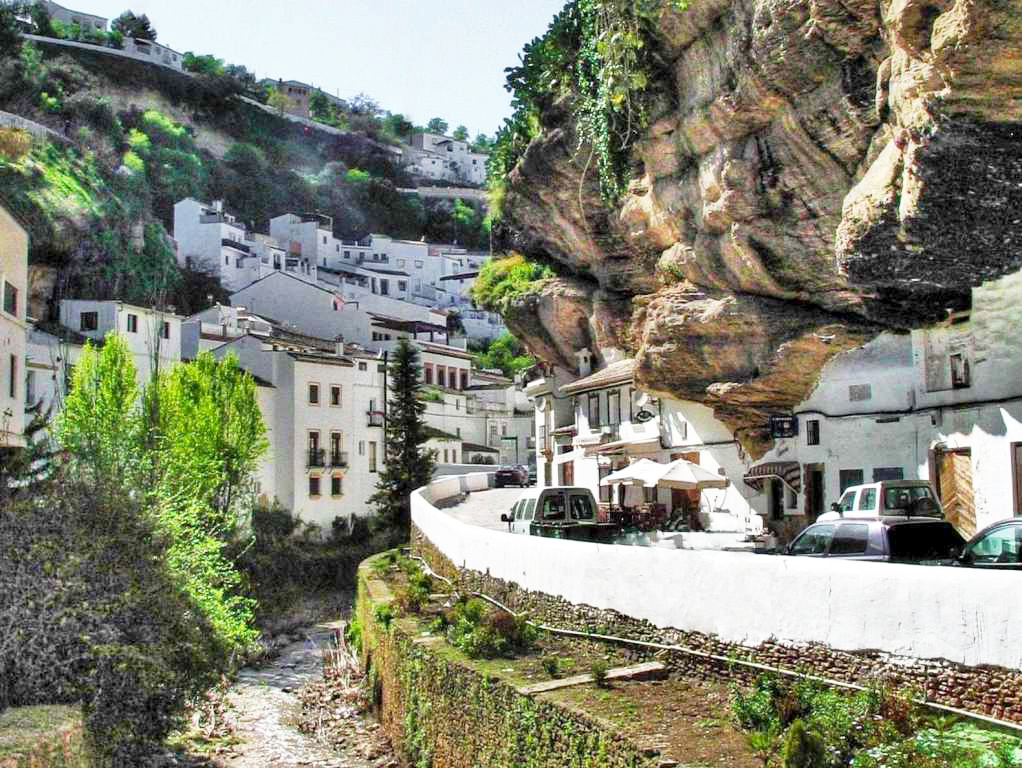 Rural Sierra Sol
Rural Sierra Sol
Grazalema, white people of Cádiz
Nestled in the heart of the Sierra de Grazalema Natural Park. A small village of around two thousand inhabitants. Narrow streets of the old Moorish quarter. Visit its Plaza de España and the sculpture dedicated to the Toro de la Cuerda, a work by the sculptor Alfredo Fillol Talens. It was inaugurated in 2014 and has become a great tourist attraction.
Do you like gastronomy? Be sure to try its famous Payoyo cheese, made from Payoya goat’s milk, which is native to the area.
Did you know that the Sierra de Grazalema, declared a biosphere reserve, is the area with the highest rainfall in Spain? The average is 2,200 litres of rain per square metre.
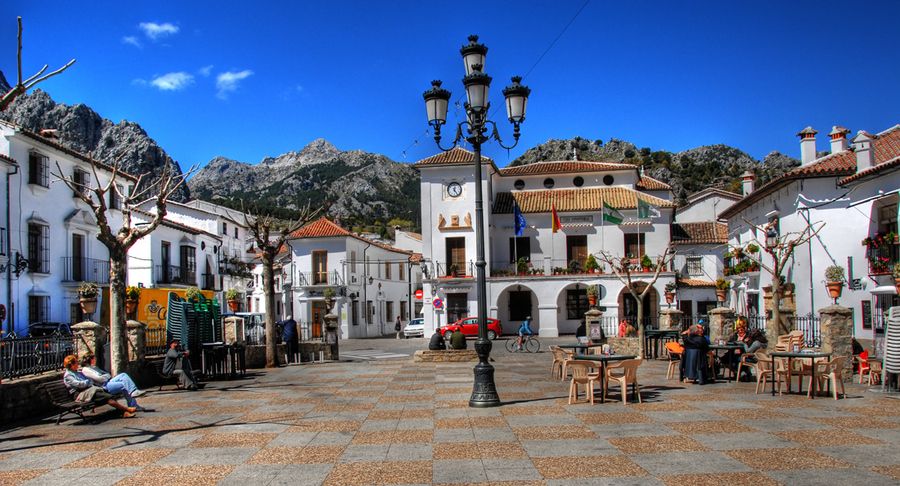 Pinterest
Pinterest
Olvera
Another of the essential towns to visit on the route of the White Villages. Located 643 metres above sea level, the Church of Nuestra Señora de la Encarnación and the Moorish castle stand out.
It was an important town in the Reconquest, where King Alfonso XI, in 1327, managed to recover it for the Christians and incorporate it into the Kingdom of Castile. Olvera, as well as being one of the white villages of Cádiz, belongs to two other routes, the Route of the Almoravids and Almohads, and the Vía Verde de la Sierra.
Be sure to visit the town’s monuments. The Cilla building has a museum inside, which allows visitors to learn about the important role played by the Cadiz highlands. The visit includes the entrance to the castle of the municipality.
The municipality also has many churches and sanctuaries. We also recommend a visit to the Vía Verde de la Sierra Visitor Centre.
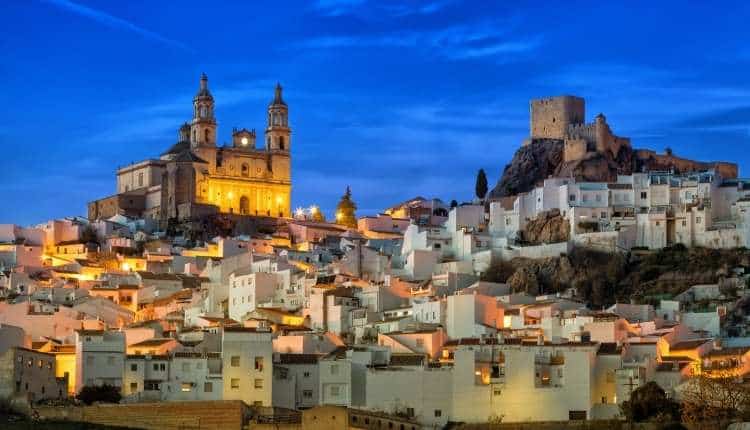 Andalucía
Andalucía
Vejer de la Frontera, white village
Imagine on your route through the white villages a town on top of a hill like those that appear in the movies. Vejer is one of the favourite villages among the white villages of Cádiz and we can assure you that it is not for nothing.
It was declared a Historic-Artistic Site in 1976, but it has many more recognitions. We recommend that if you are only going to spend one day in this town, you should not miss out on enjoying its streets, its legends and its gastronomy.
The Plaza de España in Vejer de la Frontera is one of the most photographed spots in the town. It dates back to the 15th century and is the nerve centre. Have you heard of the Casa del Califa? If you want to try some incredible dishes, we recommend a visit, but you should book months in advance.
Vejer has a great Muslim legacy in its architecture, you will find narrow streets and steep slopes.
Don’t miss the monument to the Cobijada, a monument that covered part of her face with a black cloak, leaving only her left eye visible.
Be sure to visit the Jewish Quarter and the Arco de las Monjas, this neighbourhood is full of craft shops, art galleries and you can find the Arco de las Monjas.
Vejer is a walled town where you can also see its castle.
Staying for dinner? We recommend you visit the San Miguel market. It has numerous stalls where you can sample the typical food of the area.
Finally, we recommend that you don’t miss the windmills in Vejer. You can visit this part of the town by car as there is a car park.
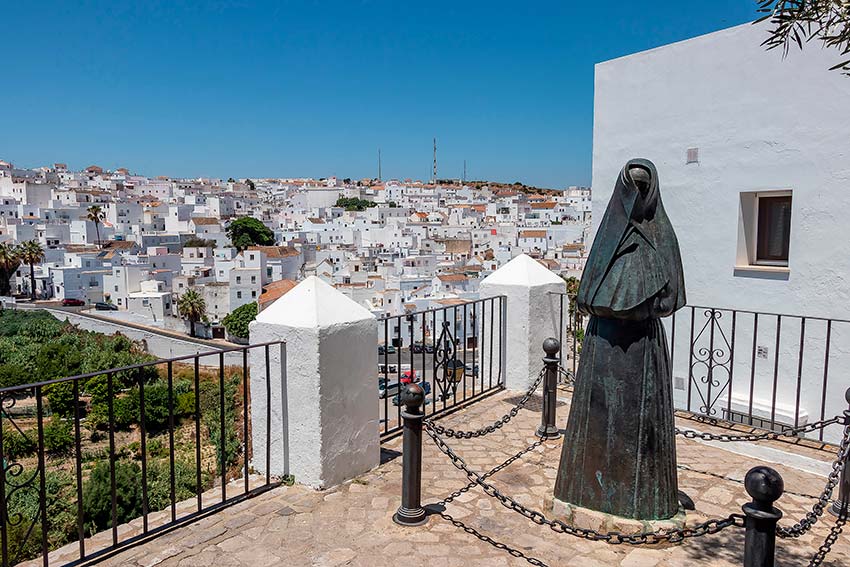 Hola
Hola
As you have seen, the route of the White Villages of Cadiz is very extensive, but you can always adapt it. Do you want to know what to see in Cadiz capital? Maybe discover Seville in two days? Are you arriving at Malaga airport? You can rent a car at Malaga airport and explore Andalusia at your own pace!
Did you like our post about the White Villages of Cádiz? rate it!
